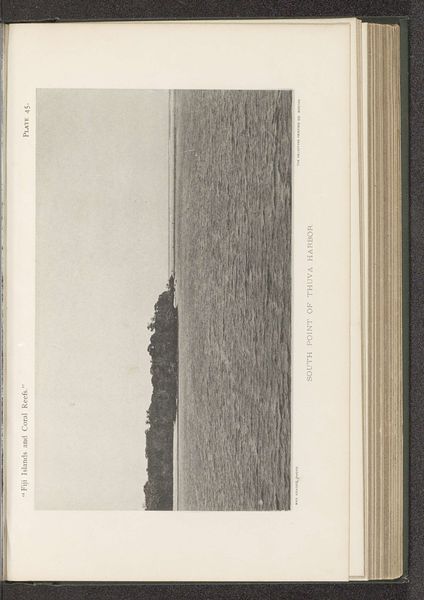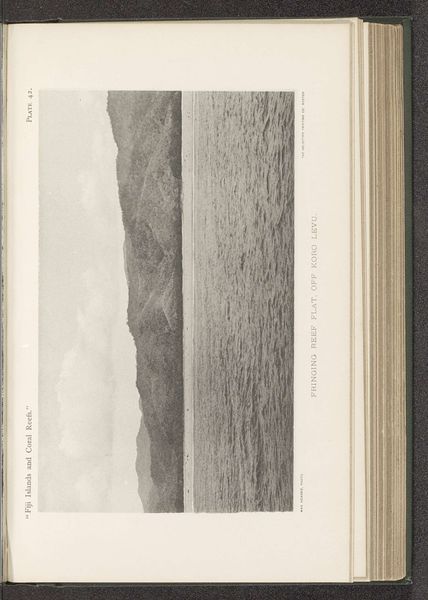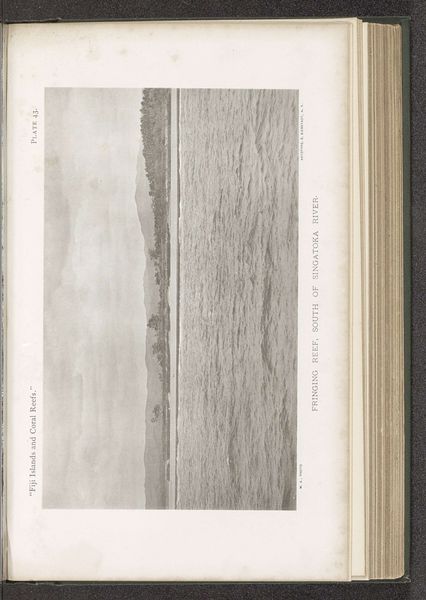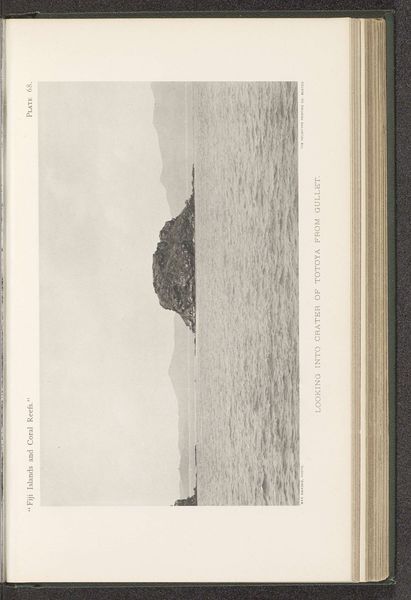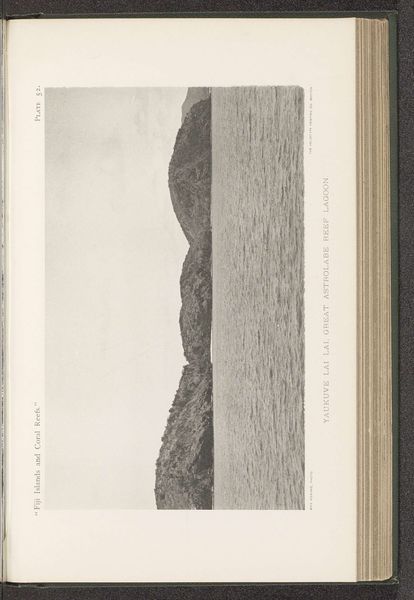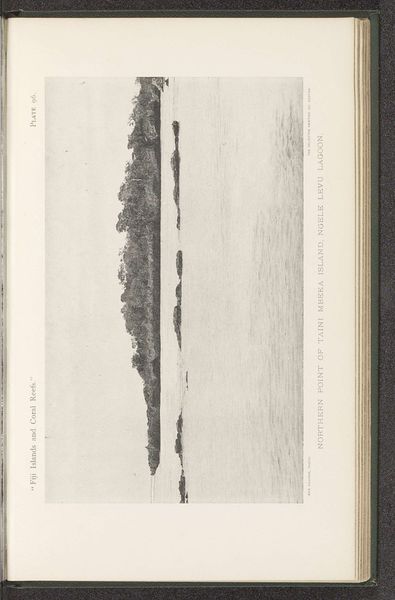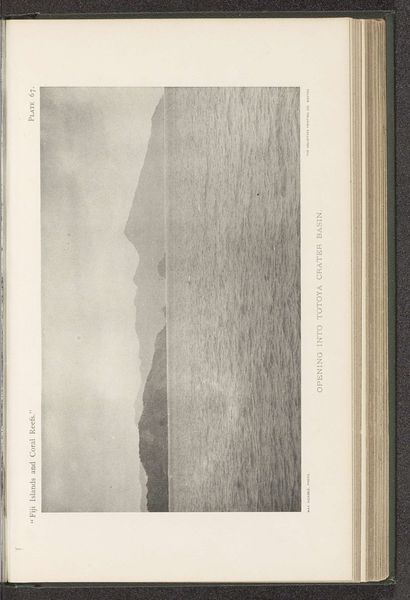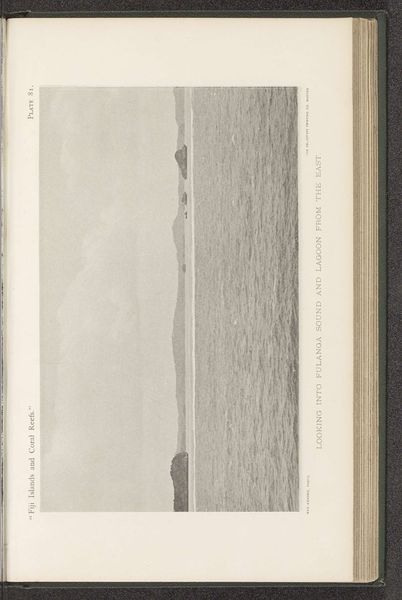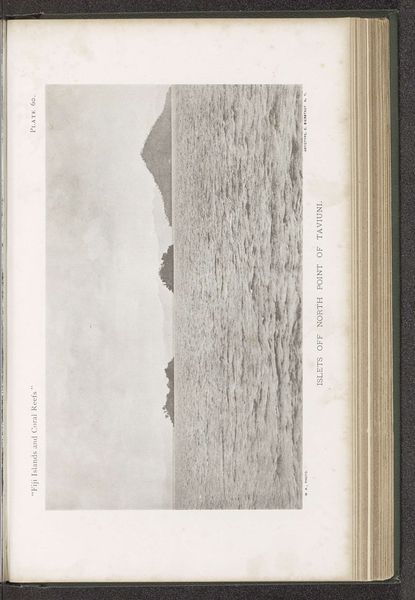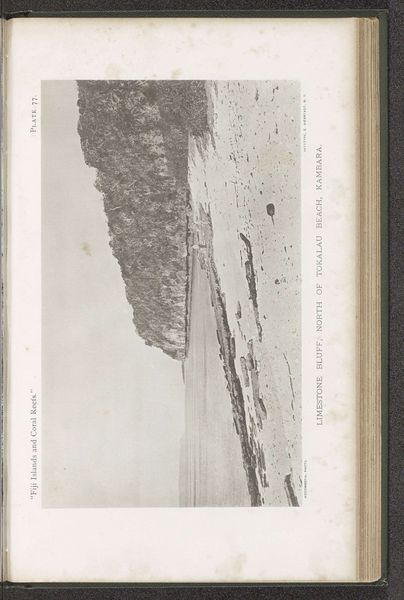
print, photography, albumen-print
# print
#
landscape
#
photography
#
ocean
#
albumen-print
Dimensions: height 107 mm, width 179 mm
Copyright: Rijks Museum: Open Domain
Editor: This is “Gezicht op Viwa,” a photograph taken before 1899 by Maximilian Agassiz, using the albumen print process. The silvery tones create such a serene, almost melancholy mood. The composition, nearly bisected horizontally between land and water, is striking. What stands out to you when you look at it? Curator: The serene aesthetic you noticed belies a deeper, more complex history. We need to consider this image within the context of colonial expansion and its impact on Fijian communities. What narratives were being constructed and circulated about these islands and their people? Who was the intended audience for this image, and what purpose did it serve in shaping perceptions of Fiji? Editor: So, it’s less about the peaceful ocean, and more about… power dynamics? Curator: Exactly. These seemingly objective landscape photographs often served to legitimize colonial claims, presenting an image of a tranquil, resource-rich land ripe for "civilization." What stories are *not* being told here? We don't see the labour, the displacement, or the cultural disruption that accompanied colonial occupation. How might we read this photograph against the grain? Editor: That’s a really different way to look at it! So, rather than appreciating the scene's beauty, we should be questioning whose perspective is represented, and what’s been omitted. Curator: Precisely! And by understanding those omissions, we gain a clearer picture of the social and political forces at play during that era. It’s a potent reminder that art—even landscape photography—can be deeply embedded in power structures. Editor: This has given me a lot to think about, reframing my understanding of historical photography. Curator: And hopefully, prompting critical engagement with the visual narratives we encounter every day.
Comments
No comments
Be the first to comment and join the conversation on the ultimate creative platform.
